


















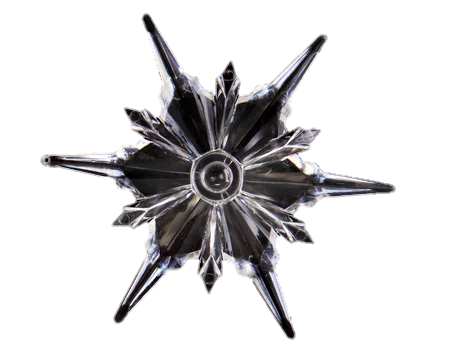







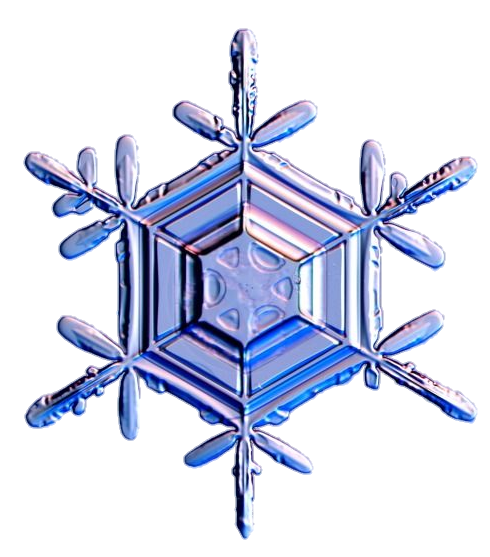

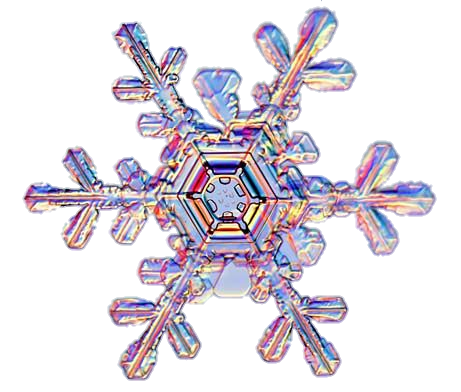







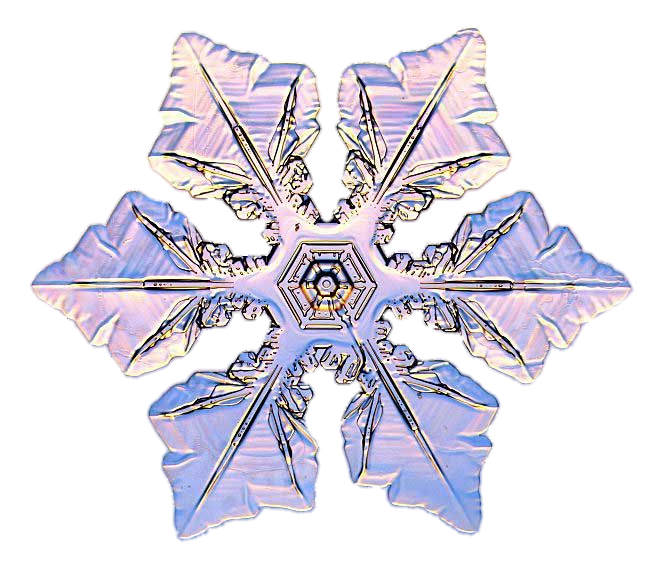





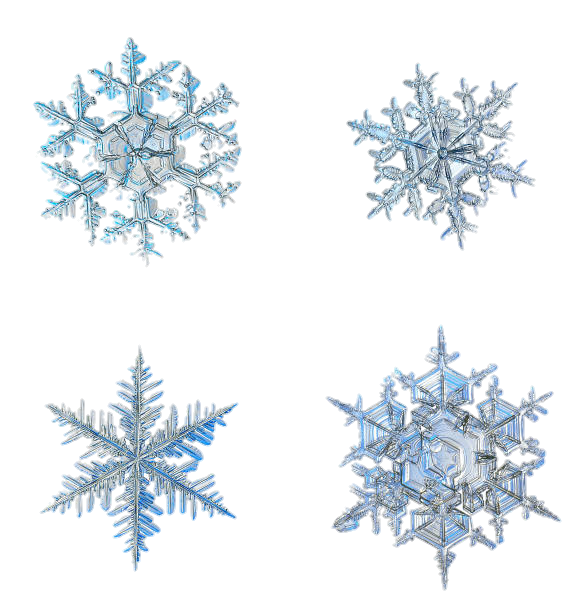




Snowflakes, those intricate and delicate ice crystals that fall from the sky during winter, have long captivated our imagination and inspired awe. They are nature’s small but wondrous masterpieces, each unique and beautiful.
Firstly, it is essential to understand how snowflakes are formed. The process begins when water vapor in the atmosphere condenses into tiny ice crystals around a dust particle. As these crystals fall through colder regions of the atmosphere, water vapor deposits onto them, causing them to grow larger and develop into complex structures. The shape of a snowflake depends on various factors, including temperature, humidity, and wind conditions during its descent to the ground. Thus, each snowflake becomes a testimony to its unique journey through the atmosphere.
The breathtaking diversity of snowflake shapes is one of their most intriguing characteristics. While many people associate snowflakes with the classic six-pointed star shape, the reality is that snowflakes can come in various forms, from plates and needles to columns and dendrites. Some snowflakes may have a simple hexagonal structure, while others might feature intricate and elaborate patterns with branches and delicate lattices. This diversity makes every snowfall a mesmerizing experience, as no two snowflakes are exactly alike.
The phenomenon of uniqueness among snowflakes has been a subject of scientific research and fascination for centuries. No two snowflakes are identical, which is an incredible testament to the complexity of nature’s design. The conditions each snowflake encounters during its growth and its unique journey to the ground contribute to its individuality. Even with billions of snowflakes falling during a snowstorm, the chances of finding identical ones are infinitesimally small.
Beyond their scientific significance, snowflakes also hold cultural and artistic importance. Throughout history, snowflakes have symbolized purity, beauty, and uniqueness in various cultures worldwide. Artists and writers have used snowflakes as metaphors for life’s transience, the beauty of individuality, and the wonder of nature’s creations. Many traditional crafts and decorations are inspired by snowflake patterns, making them integral to winter festivities and celebrations.
Furthermore, snowflakes are crucial in the Earth’s climate and hydrological cycle. When snow accumulates on the ground, it provides an essential reservoir that gradually melts during spring, replenishing rivers, lakes, and underground water sources. This process is vital for sustaining ecosystems and providing water for agriculture, highlighting snowflakes’ significance beyond their aesthetic appeal.

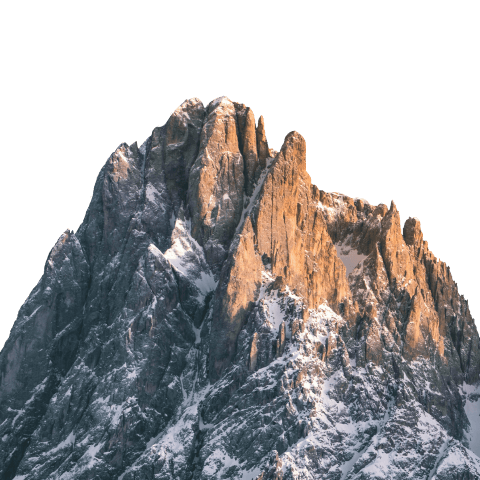





Leave a Comment